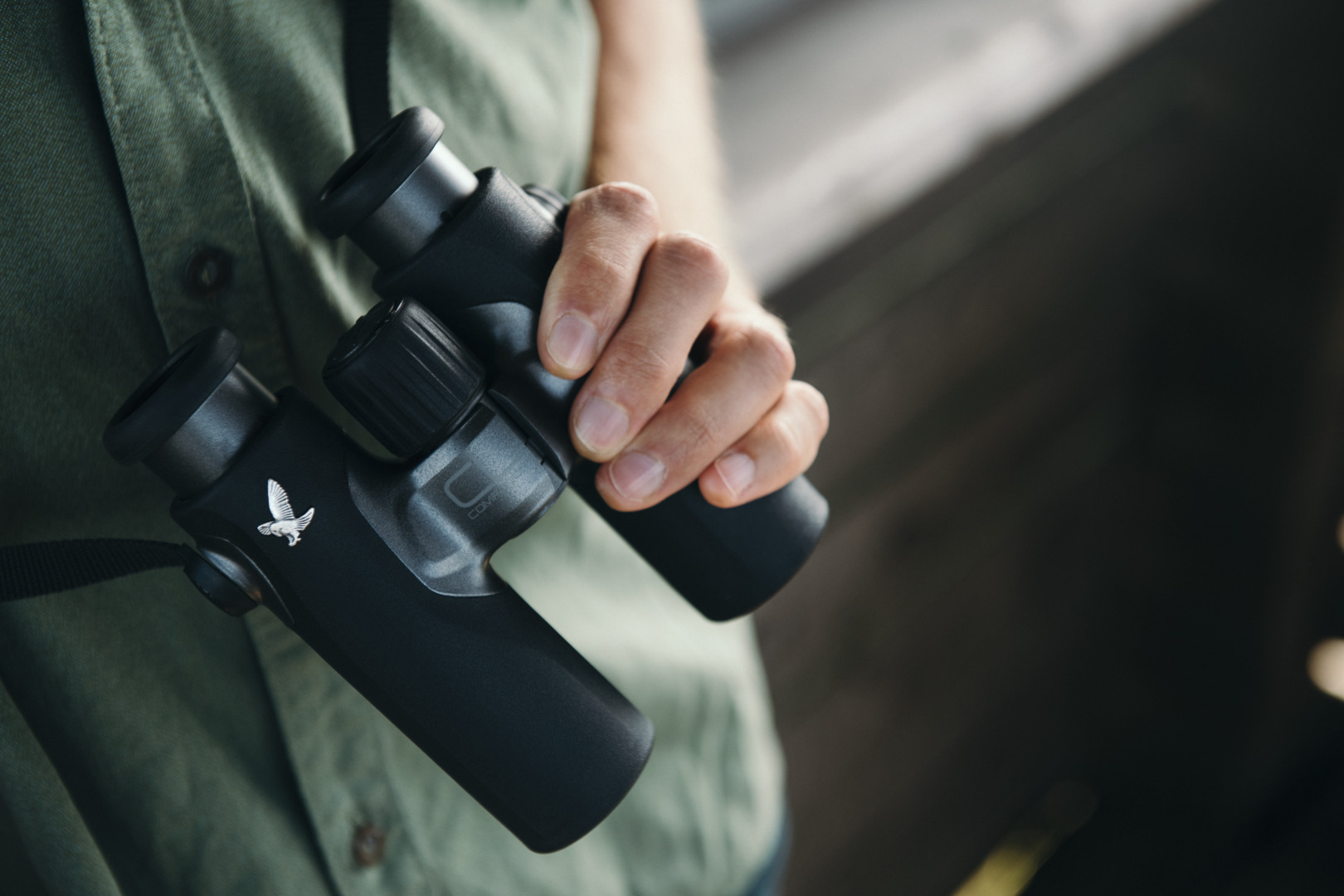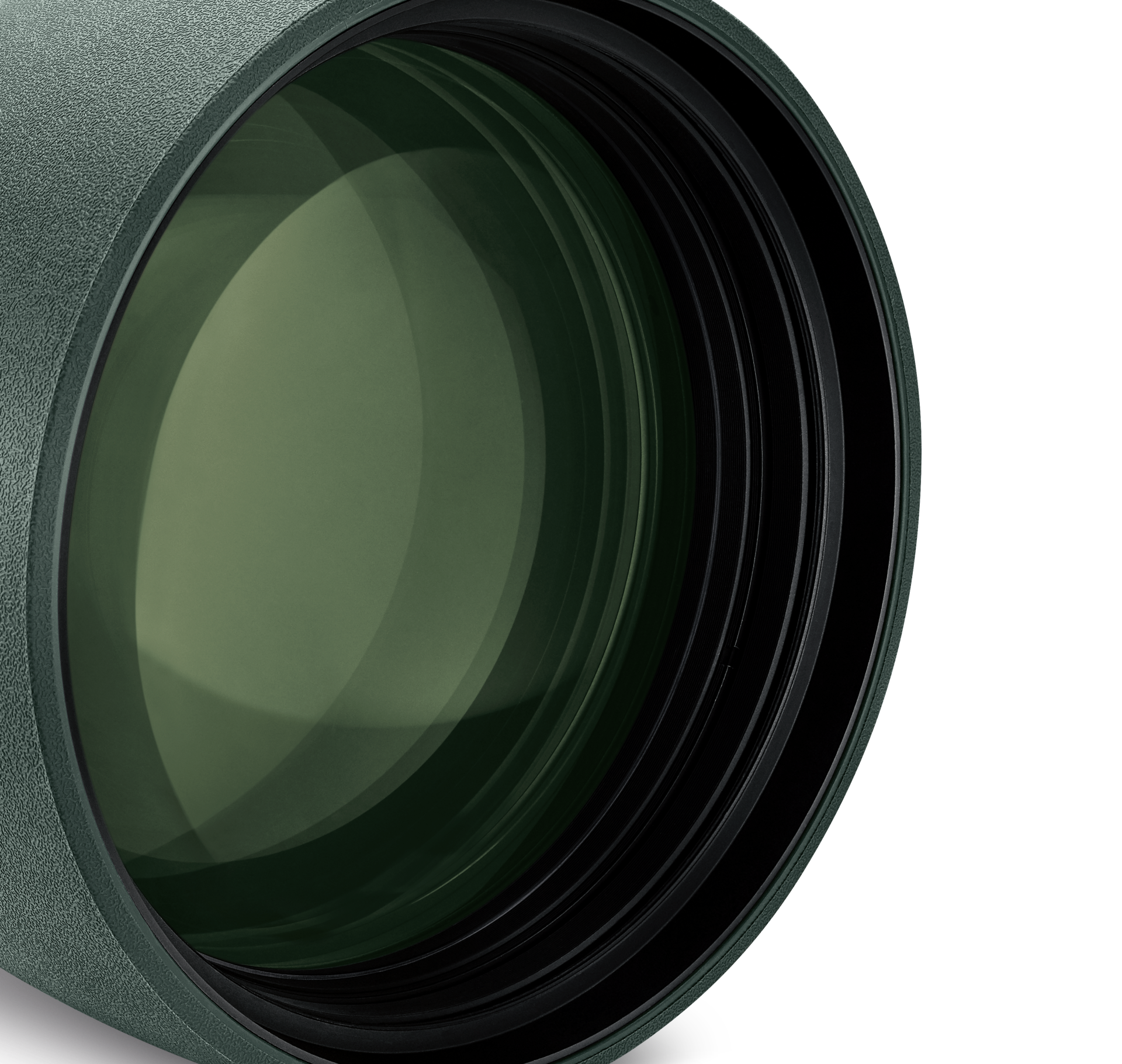The freedom to experience more


Menu
Products
Intended use
Service


Product & Technical Services, Tips & Care, Tutorials, Downloads, Declarations of conformity

You’ll never miss out with the CL Companion. These elegant binoculars with impressive optics fit perfectly in your hand. They are always with you to ensure you make the most of every sighting. The CL Companion 10x30 brings all the details of nature up close. The compact binoculars with 10x magnification allow a natural and comfortable viewing experience – whether you’re out hiking or traveling the world. Weighing just 500 g (17.6 oz), they sit ergonomically in your hand thanks to rubber armoring. The comfortable carrying strap and practical bag allow easy access at any time to capture every detail in crystal-clear brilliance. Enjoy THE FREEDOM TO EXPERIENCE MORE.
The freedom to experience more


What are the CL Companion 10x30 binoculars suitable for?
The CL Companion 10x30 binoculars are ideal for detailed observations in nature. With their 10x magnification, they immerse you in the amazing intricacies of nature while impressing with easy handling. Find out what makes the CL Companion 10x30 the perfect binoculars for a wide range of activities:
Outdoor activities:
Outdoors with family or friends, the CL Companion 10x30 allows you to maintain a constant overview and experience shared moments in nature.
Nature observation:
Discover nature in all its details and observe birds and wildlife up close.
Nature experiences:
Observing wildlife in its natural habitat and gaining deeper insights into flora and fauna without disturbing nature.
Highlights of the CL Companion 10x30:
Outstanding optics and viewing comfort:
10x magnification: impressive detail recognition
Large field of view: 108 m/1,000 m (324 ft/1,000 yds)
100% field of view: even with eyeglasses/sunglasses, thanks to individually adjustable eyecups
Close distance: razor-sharp observation from 3 m (9.8 ft) – perfect for insects, butterflies, and dragonflies
Compact and lightweight:
Lightweight: weighing just 500 g (17.6 oz), the CL Companion binoculars are a lightweight in their class.
Magnesium housing: for a light weight and compact dimensions
Design and ergonomics:
Perfect ergonomics for the compact dimensions: sits comfortably in your hand and allows effortless operation.
Available in two armoring colors: green and anthracite
Choose between the Choose from the Wild Nature, Urban Jungle, or Northern Lights accessory package
Durable and sustainable:
Made in Austria
Outstanding service: professional and personal customer service
Dustproof and waterproof up to 4 m (13 ft) (thanks to the inert gas filling): resists rain and water
Functional accessory package: Field bag, carrying strap, as well as objective lens and eyepiece covers
Tip: taking photographs with binoculars and a smartphone
The optional smartphone adapter, the VPA 2 variable phone adapter, and the compatible CA-Bs clamp adapter for the CL series allow you to quickly and easily connect your smartphone to the CL Companion. Creating the best conditions to capture special moments in pictures forever.
The freedom to experience more
The binoculars in the CL series are the perfect companions for all outdoor enthusiasts. CL stands for “Compact & Light”. Featuring an ergonomic, handy, and compact design, the lightweight models combine state-of-the-art optical technology with simple and comfortable handling. CL binoculars are always close to hand during your leisure activities, whether hiking in nature close to home, traveling to distant lands, or taking part in different sports. Thanks to their intuitive handling, all models in the CL series offer a comfortable and natural viewing experience. As ideal outdoor binoculars, they will enhance your adventures in nature and make every trip an experience for all ages.
 CL Companion 10x30
CL Companion 10x30Very good binoculars in an ideal size. Very fast delivery in very nice and high quality packaging. It is a Christmas present that will be used in Dubai in the future, we hope that it is suitable for the desert.
second pair
Typical Swarovski clarity and quality one would expect. Only had them a week, but using them for birding and shooting with no eye strain. Great lightweight option. I would recommend them to anyone.
The look of the glass is really amazing.
 Customer ServiceMO - TH 8:00 - 17:00 AND FR 8:00 - 12:0000800 3242 5056customerservice@swarovskioptik.com
Customer ServiceMO - TH 8:00 - 17:00 AND FR 8:00 - 12:0000800 3242 5056customerservice@swarovskioptik.com